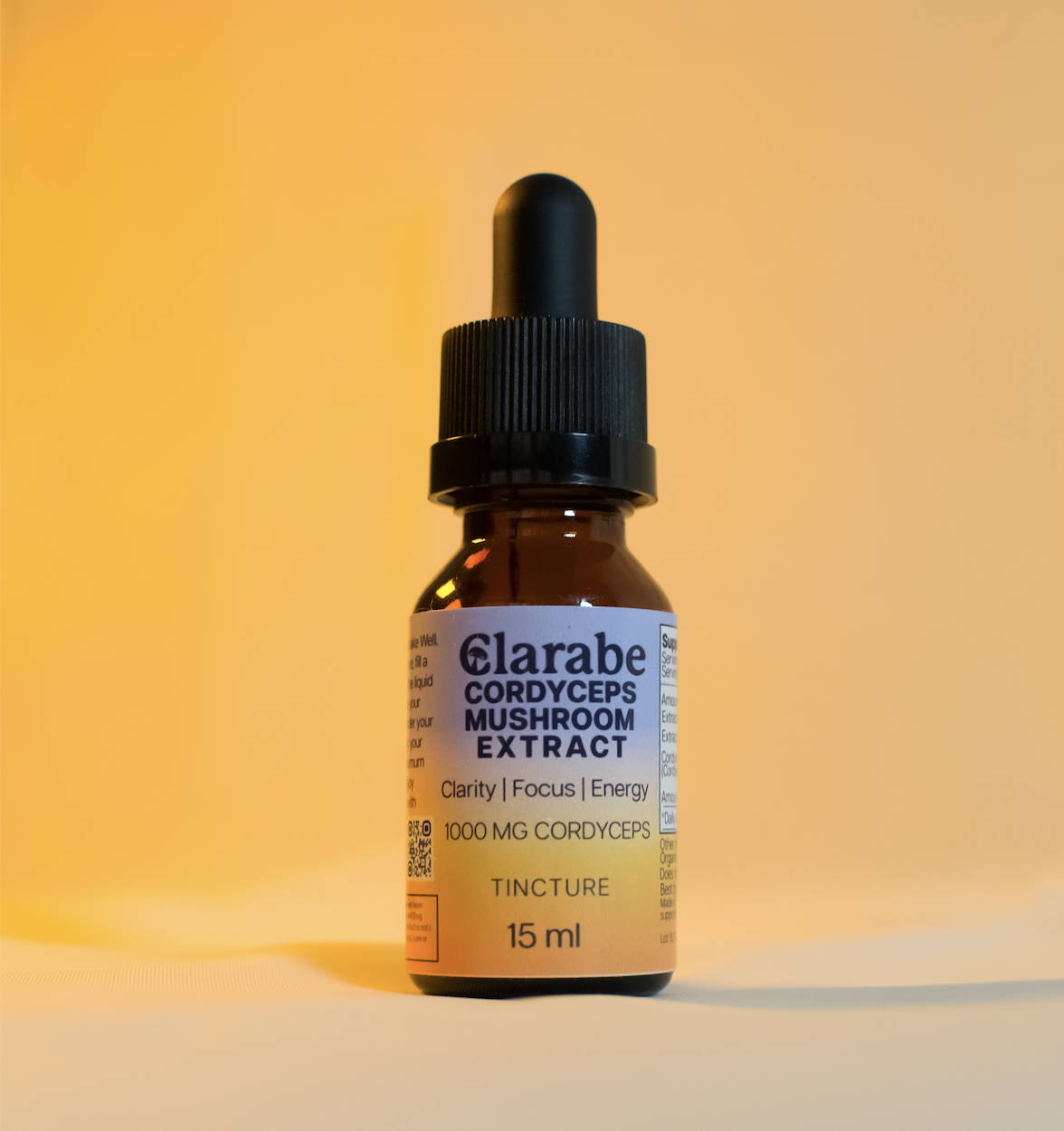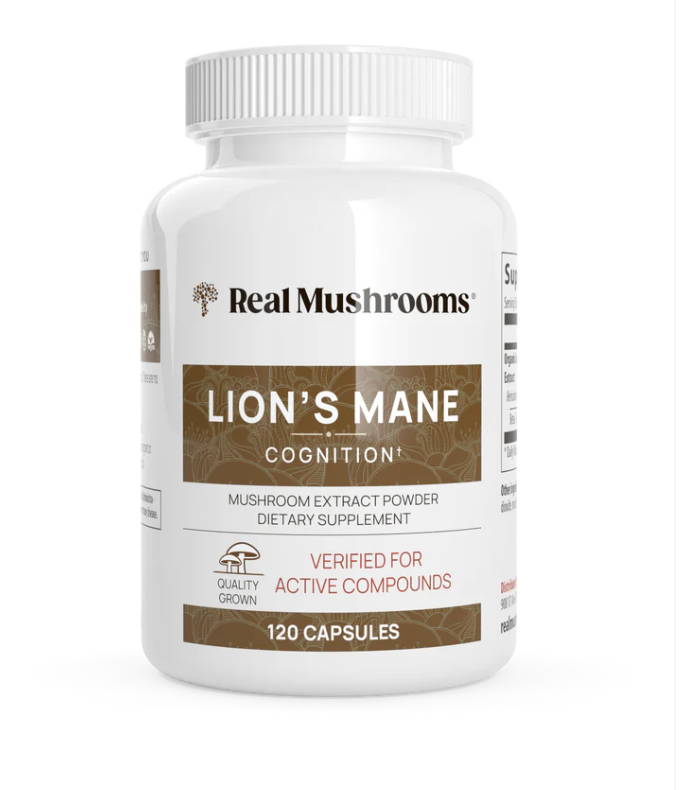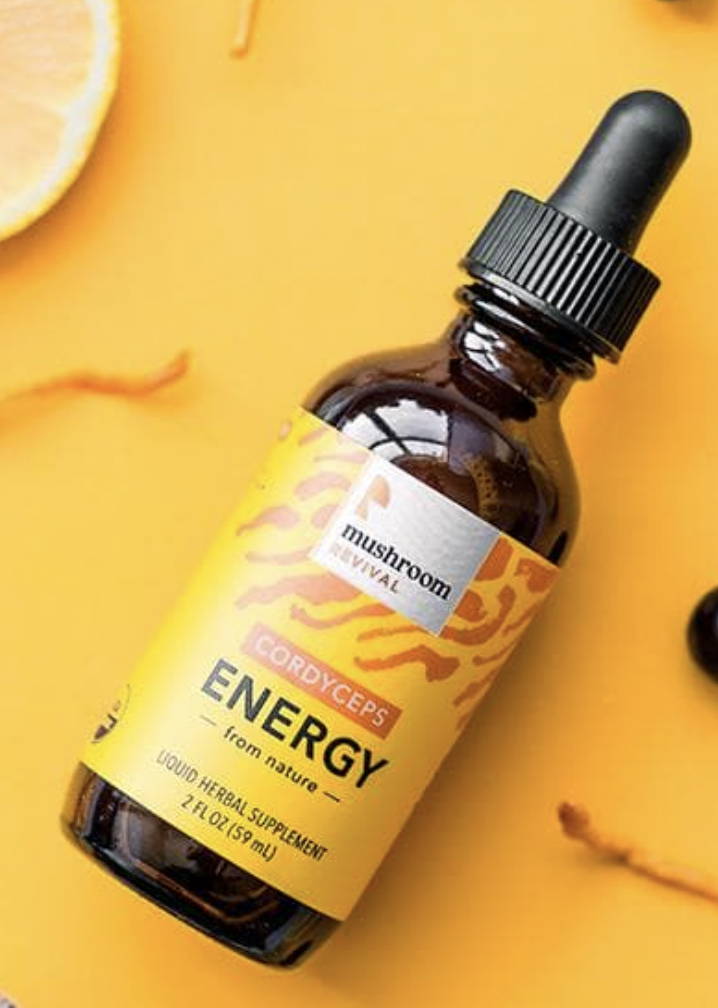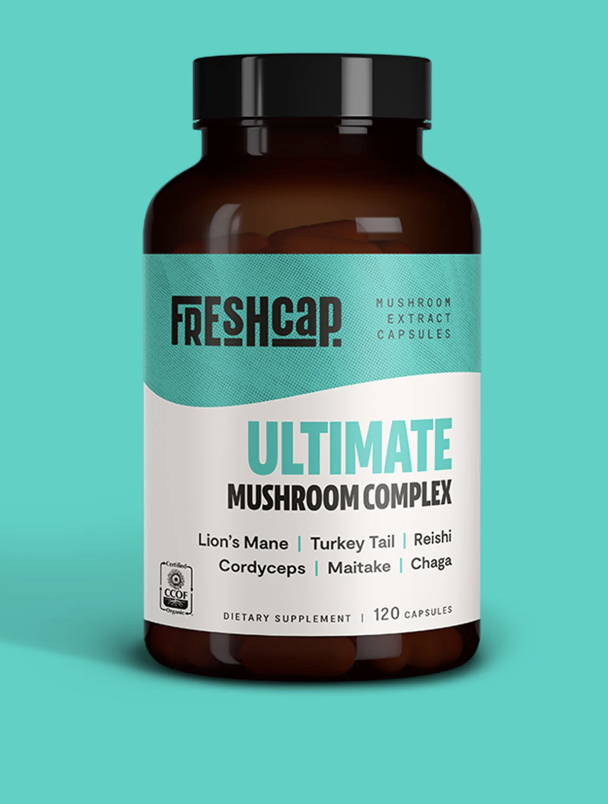Mycelium Vs. Fruiting Body: Which is better for you?
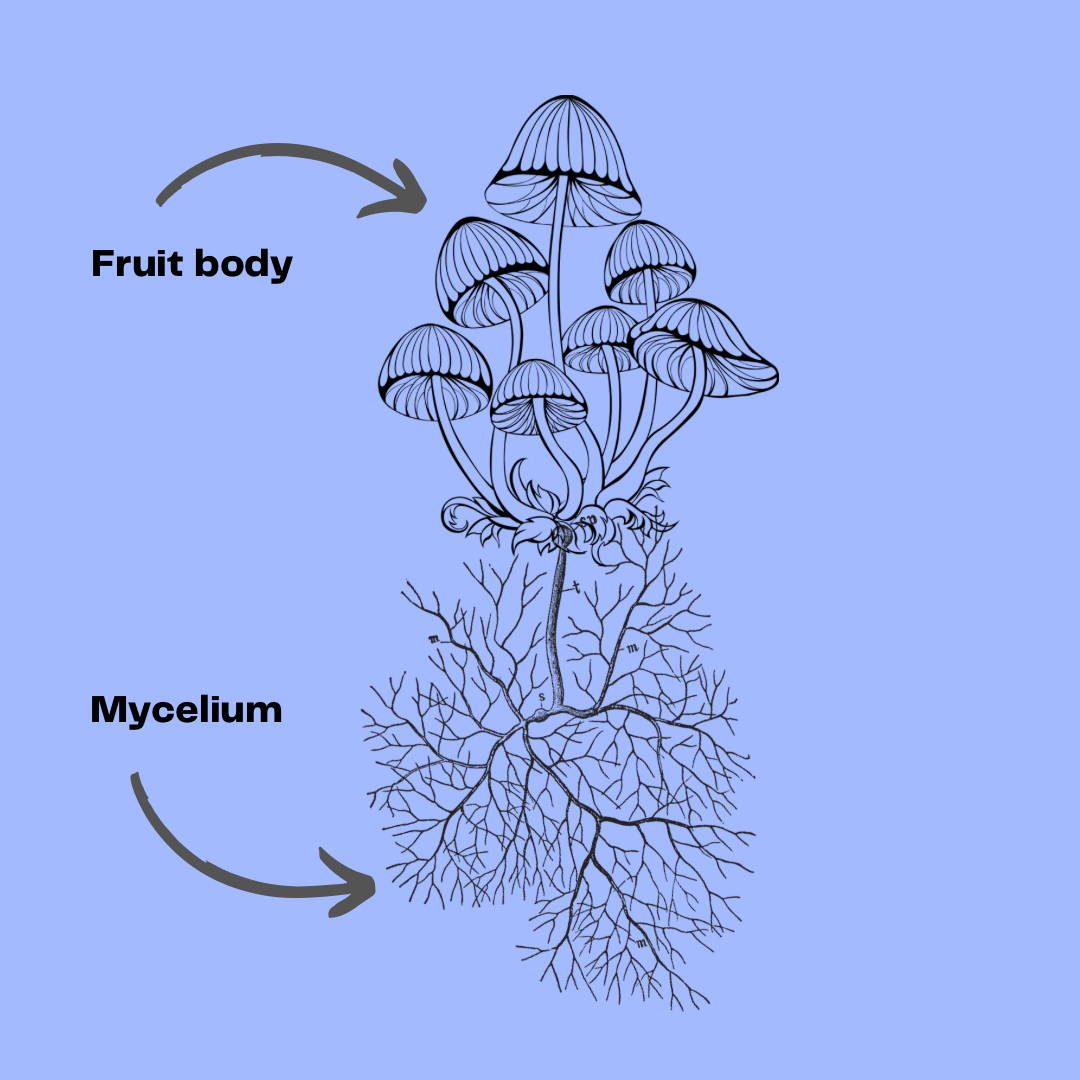
Do you know what's in your mushroom product? With the recent 'shroom-boom', mushroom companies seem to have risen out of thin air. But as the industry rapidly grows, and we're told this mushroom vial is about to solve all of our problems, it's time we talk about the quality and efficacy of these products. Because who likes to waste money? We sure as heck don't. Take this blog as your guide in finding mushroom products that will actually work and that have the awesome mushroom in them (that you're paying big bucks for).
What is the difference between the fruiting body and the mycelium?
Mushrooms have been an integral part of human diets and traditional medicine for centuries. They are rich in bioactive compounds that can offer a host of health benefits. Mushrooms are known to have antiviral, anti-inflammatory, and anticancer properties, making them popular ingredients in dietary supplements and functional foods.
Mushroom products on the market are typically made from one of two components of the mushroom: The fruiting body and the mycelium.
Fruiting Body
This part of the mushroom is what we most likely consider the 'mushroom'. It is the part that is seen above ground.
Mycelium
This part of the mushroom is the part underground that we don't see (and most people don't know about). The mycelium is the underground network of fungal threads, much like the root system of a tree.
Both of these parts of the mushroom can be used in making as mushroom product but there is much debate centered around their nutritional value and health differences.
What is the mycelium (in-depth)
What is the fruiting body of the mushroom? (In-depth)
The fruiting body of a mushroom is produced by the mycelium, the vegetative part of the fungus that grows underground or inside the host substrate. When the mycelium reaches a certain level of maturity and environmental conditions are favorable, it produces the fruiting body as a means of reproduction. The fruiting body produces and releases spores into the environment, which can then germinate and grow into new mycelium, starting the cycle all over again.
The difference between Fruiting body and the mycelium in mushroom products
Myceliated grain is different from the fruiting body in several ways. First, it has a different nutritional profile. Myceliated grain is rich in carbohydrates and protein, making it a good source of energy and amino acids. However, it is low in beta-glucans and other bioactive compounds that are found in the fruiting body.
Myceliated grain is typically grown on grain substrates, such as rice, wheat, or oats. These grains can be a source of allergens and contaminants, which can affect the quality and safety of myceliated grain products. In contrast, the fruiting body is typically grown on sterilized substrates, such as sawdust, which reduces the risk of contamination and ensures the purity and quality of the final product.
Myceliated grain products can vary widely in their beta-glucan content, depending on the source of the grain and the extraction method used. This can make it difficult to compare the efficacy of different myceliated grain products for specific health conditions.
Conclusion: Why we use 100% fruiting body in our products
While both aspects of the mushroom have their unique benefits, here's three reasons why we use the fruiting body in our products instead of the myceliated grain.
1. High Nutritional Value: The fruiting body of the mushroom is often richer in nutrients than the mycelium. It contains a range of vitamins, minerals, and antioxidants that are essential for maintaining good health. For example, mushrooms like shiitake and maitake contain high levels of beta-glucans, which have been shown to support the immune system, improve cholesterol levels, and regulate blood sugar levels.
2. Concentrated Active Compounds: The fruiting body of the mushroom also contains many of the active compounds that give mushrooms their medicinal properties. For example, reishi mushrooms are rich in triterpenes and polysaccharides, which have been shown to have anti-inflammatory, antioxidant, and immune-modulating effects. Using the fruiting body of the mushroom in your products ensures that you are getting a concentrated source of these beneficial compounds.
3. Sustainable Harvesting: Harvesting the fruiting body of the mushroom can be done in a sustainable way that does not harm the mycelium or the ecosystem. In contrast, harvesting the mycelium can be more destructive as it involves removing the mycelium from the substrate, potentially disrupting the natural balance of the ecosystem.
Mushroom Brands We Love and Trust (Because they use the fruiting body)
Clarabe Functional Mushrooms
(Shameless self-promo)
We use 100% fruiting body mushrooms in our Cordyceps products and have our product tested by a third party lab to verify their levels in beneficial compounds
Real Mushrooms
Real mushrooms uses fruiting body and heavily tests their products to assure efficacy. No added fillers or myceliated grain used.
Mushroom Revival
They use 100% fruiting body and contain no added fillers or grain. They also share test results for their products on their website as proof.

